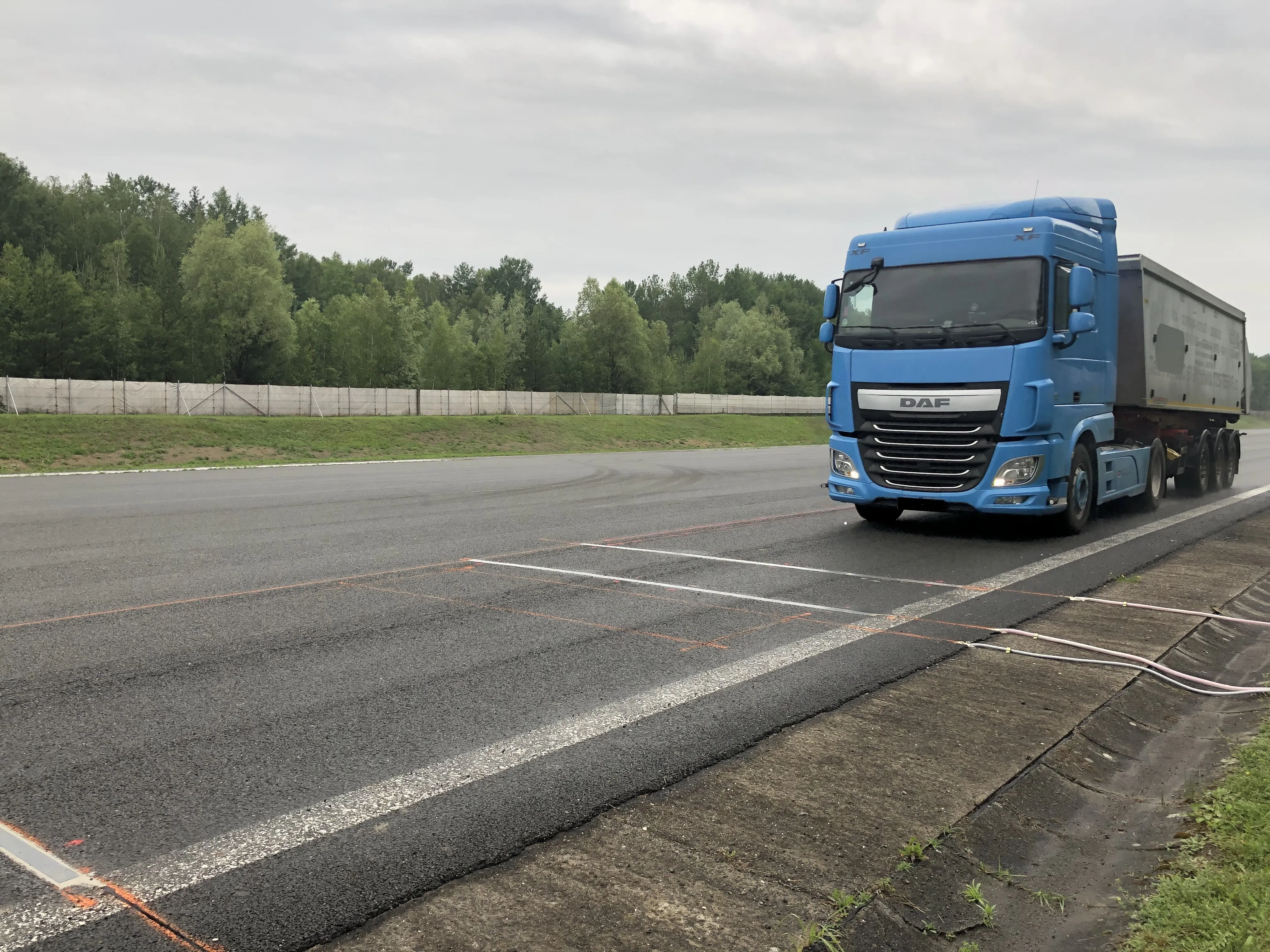Stalker Traffic Technologies’ Phodar SE-1 photo traffic enforcement radar system has been awarded CE Marking and International Organisation of Legal Metrology certification and has been homologated in by the Latvian National Metrology Centre, qualifying the device to be quoted in any Latvian speed enforcement tender.
The SE-1 automatically monitors up to 32 vehicles moving in either direction across four lanes of traffic from any of three mounting locations. It can be deployed on the side of the roadway
October 11, 2016
Read time: 2 mins
Stalker Traffic Technologies’ (7624 Stalker Radar) Phodar SE-1 photo traffic enforcement radar system has been awarded CE Marking and International Organisation of Legal Metrology certification and has been homologated in by the Latvian National Metrology Centre, qualifying the device to be quoted in any Latvian speed enforcement tender.
The SE-1 automatically monitors up to 32 vehicles moving in either direction across four lanes of traffic from any of three mounting locations. It can be deployed on the side of the roadway mounted on a utility pole, street light standard, or tripod; over the roadway on a gantry or bridge; or inside a stationary vehicle.
The SE-1 can be operated remotely via TCP/IP connection. It stores violation records internally which can be reviewed via its evidence browser mode. Violation records can be searched, reviewed, and copied to any device using its USB port, Ethernet connection, or transferred via FTP to a dedicated server. Optionally, data can be transferred via wi-fi or GSM.
The SE-1 automatically monitors up to 32 vehicles moving in either direction across four lanes of traffic from any of three mounting locations. It can be deployed on the side of the roadway mounted on a utility pole, street light standard, or tripod; over the roadway on a gantry or bridge; or inside a stationary vehicle.
The SE-1 can be operated remotely via TCP/IP connection. It stores violation records internally which can be reviewed via its evidence browser mode. Violation records can be searched, reviewed, and copied to any device using its USB port, Ethernet connection, or transferred via FTP to a dedicated server. Optionally, data can be transferred via wi-fi or GSM.










